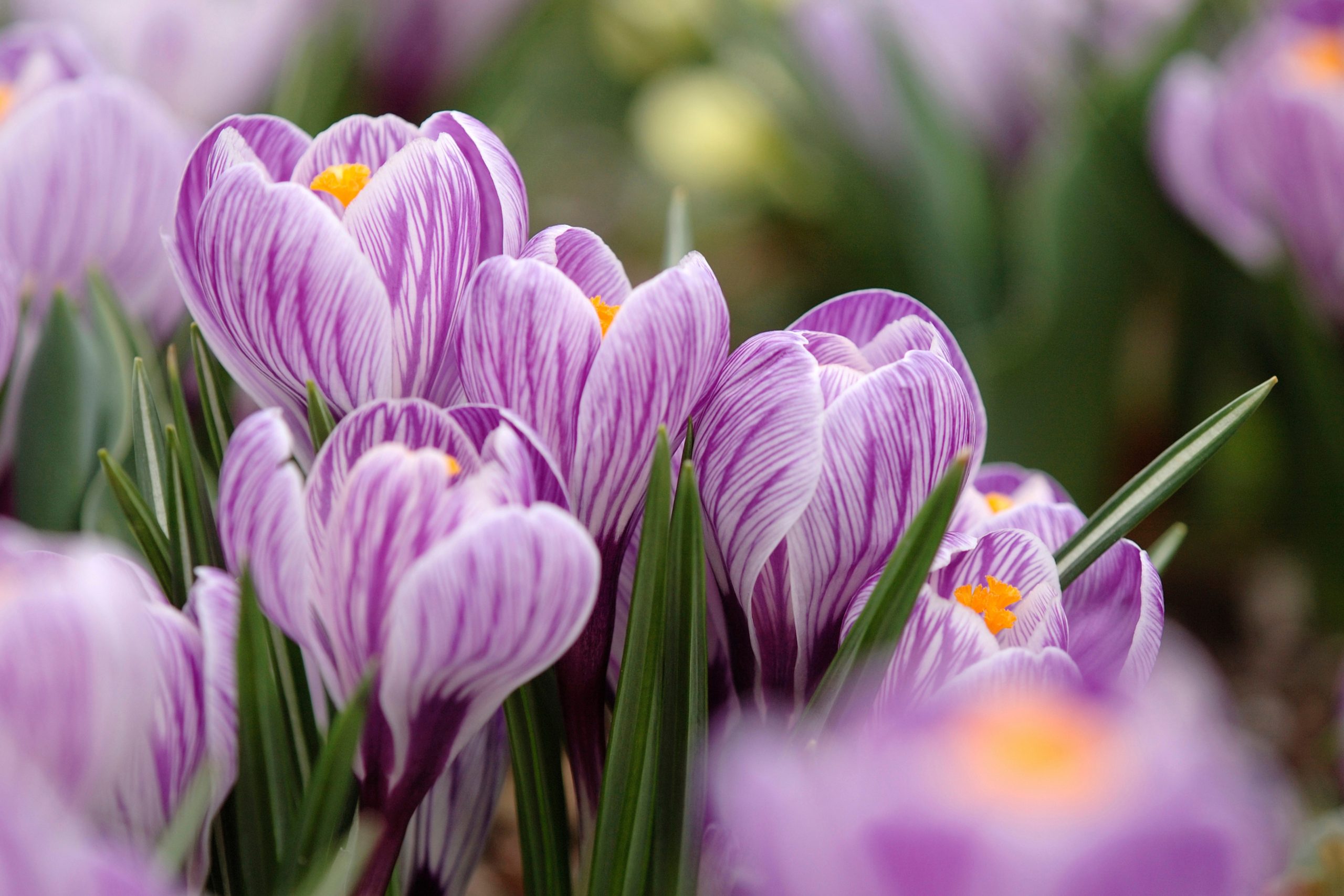
All About Crocus: How To Plant, Grow And Care For Crocus
Crocus bulbs are small, vibrant flowering bulbs that belong to the iris family and are known to bring a burst of colour to gardens – just when it’s needed most. Crocuses are among the earliest bulbs to bloom in late winter to spring. Often peeking through the last remnants of snow with their bright, cup-shaped flowers in hues of purple, yellow, white, and blue. These hardy bulbs easily naturalize or perennialize, returning to bloom year after year. While crocus bulbs are celebrated as heralds of spring, there are also fall-blooming varieties that offer a second wave of colour later in the year. Easy to grow and adaptable, crocus thrive in well-drained soil and can be naturalized in lawns, rock gardens, and woodland settings. Their cheerful presence in the garden marks the transition of seasons, making them a favourite choice for gardeners everywhere.
There are several types of crocus bulbs, each with unique characteristics. Spring-flowering crocuses, like the Large Flowering Crocus are among the most popular, known for their large, bold flowers in shades of purple, white, yellow, and striped patterns. The Snow Crocus or Species Crocus, which are smaller and earlier bloomers with delicate flowers in bold purples, soft yellows, bright whites, and silvery blues. Fall Flowering Crocuses include the Saffron Crocus (Crocus sativus), famous for producing the world’s most expensive spice, saffron.
Table of Contents
Fall Flowering Crocus
Fall-flowering crocuses (or autumn flowering crocuses) are a delightful addition to autumn gardens, bringing vibrant colour when many plants are winding down for the season. These hardy perennials, which include varieties like Crocus sativus (the saffron crocus) and Crocus speciosus, bloom in shades of purple, lilac, and blue, often with striking orange or yellow stigmas. Hardy to zone 4 and typically planted in late summer, these crocuses thrive in well-drained soil and prefer full sun to partial shade. Their delicate, goblet-shaped flowers emerge from the ground in early fall, creating a stunning display that can last for several weeks, brightening up the landscape as the days grow shorter. In spring is when you can expect the foliage to grow and generate nutrients for the blooms later in the year.
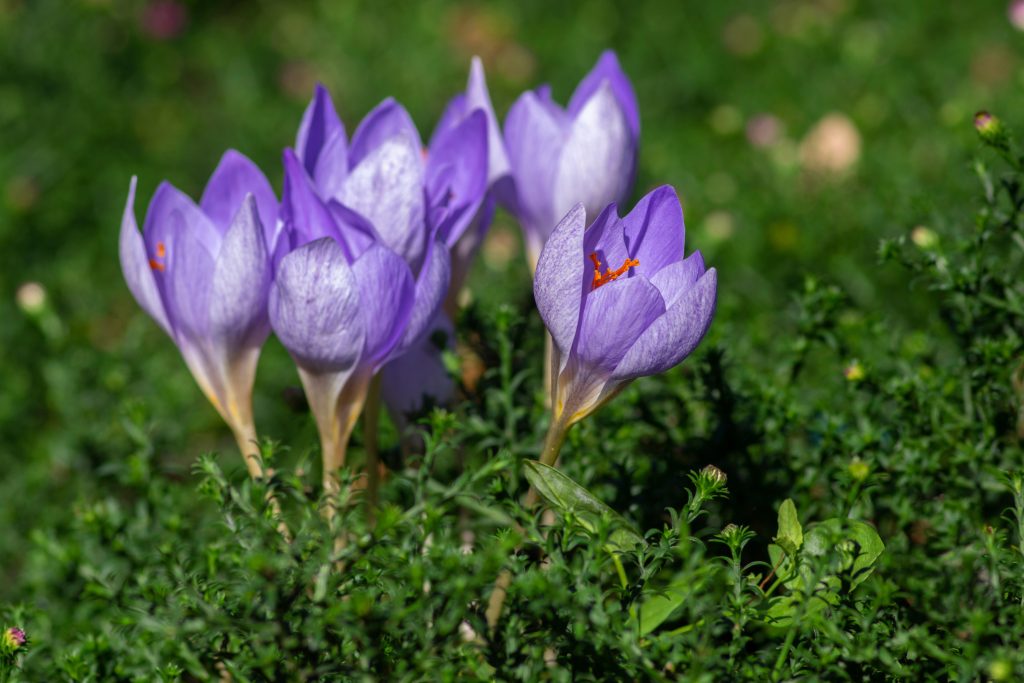
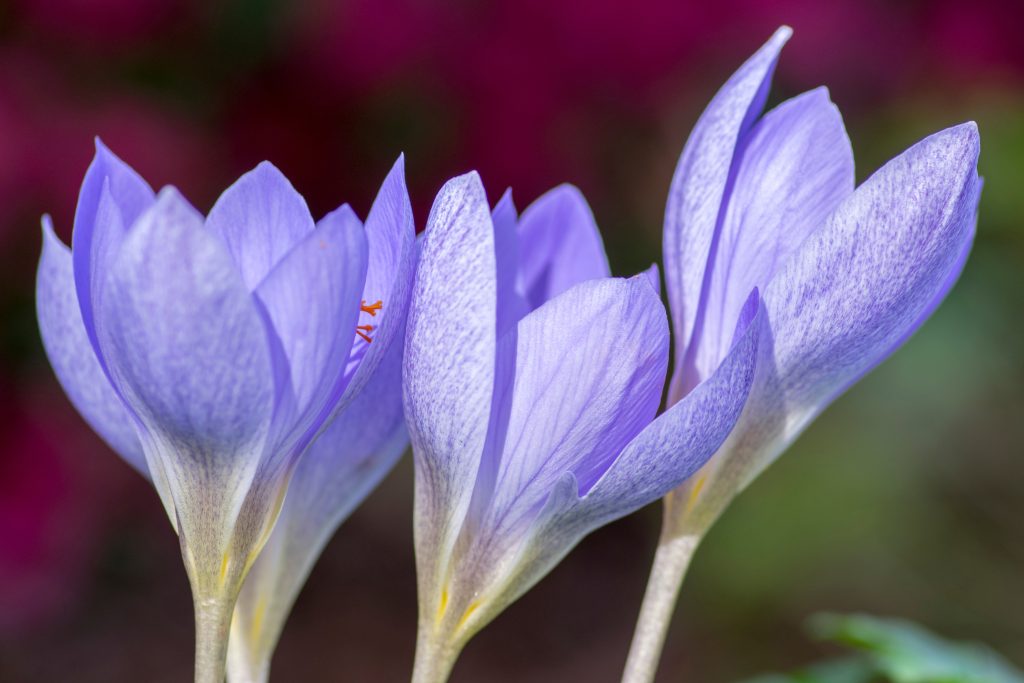
Fall-flowering crocus bulbs should be planted in late summer to early fall, typically from August to September. This timing allows the corms to establish roots before they start blooming in the fall. Be prepared to plant them as soon as possible after purchasing, as they want to grow and can dry out if left unplanted for too long! Check out our blog on fall flowering crocus varieties for more information.
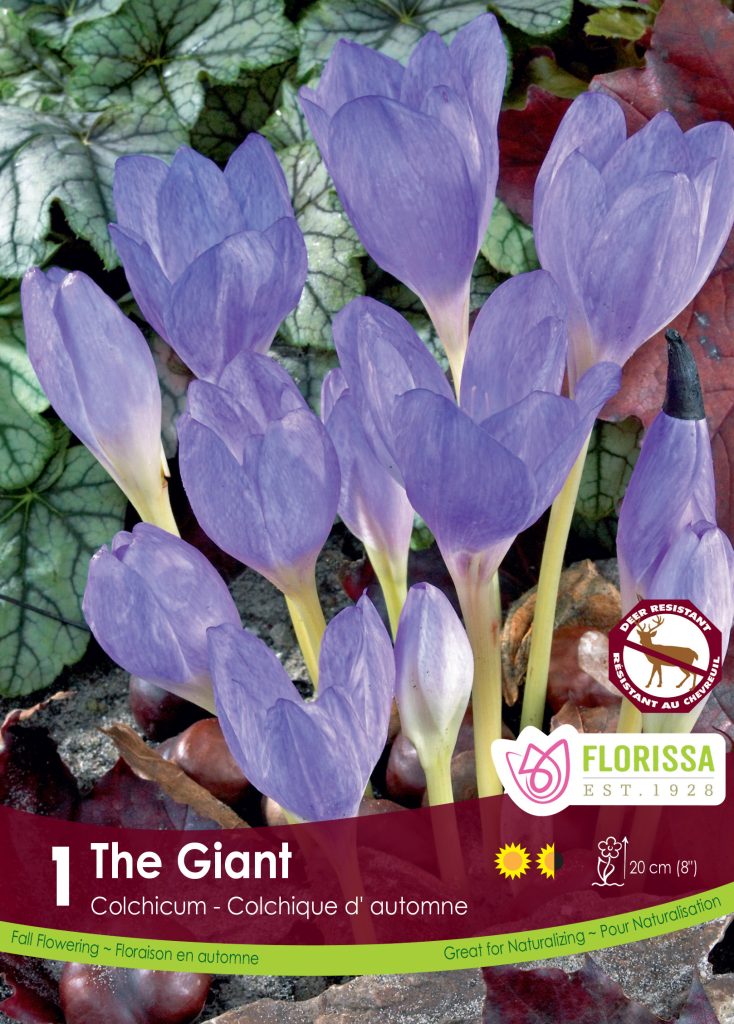
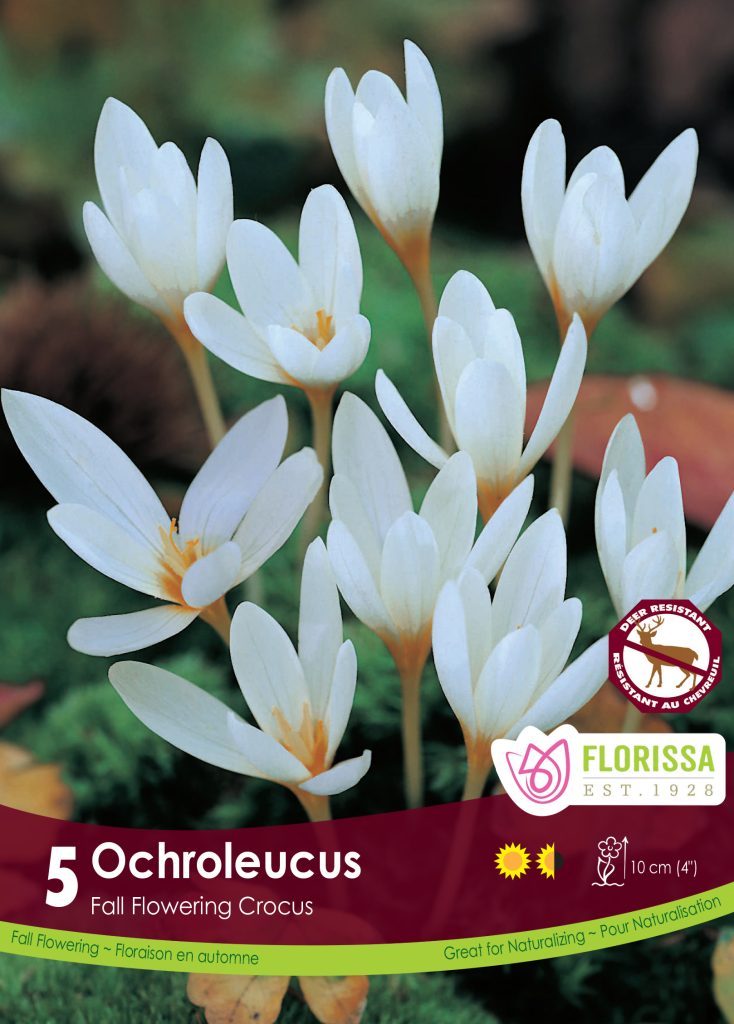
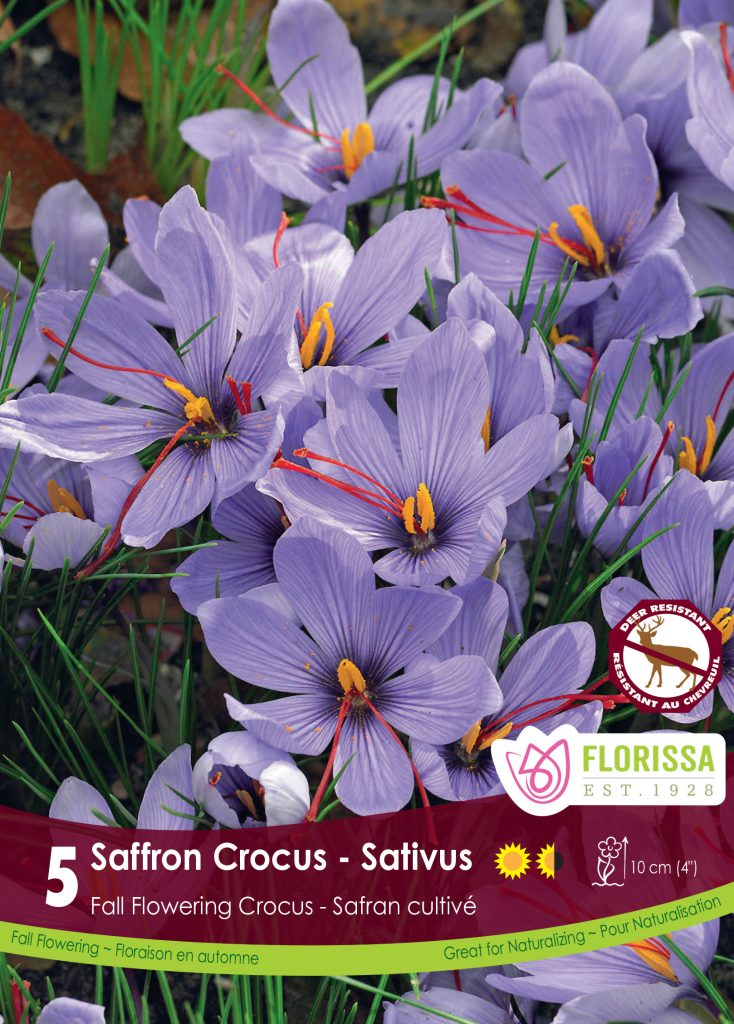
Snow Crocus
Often emerging just after Snowdrops (Galanthus) and Winter Aconites (Eranthis) the Snow Crocus (Species Crocus) is one of the earliest spring bloomers, often appearing while snow still blankets the ground, hence its name. Hardy to zone 4, these resilient little crocus bulbs bring a burst of colour to the late winter landscape with their delicate, cup-shaped flowers in shades of buttery yellow, crisp white, soft lavender, and icy blue. Snow crocuses are smaller and more delicate than their later-blooming counterparts, but they are equally captivating. They thrive in well-drained soil and full sun to partial shade, making them ideal for rock gardens, borders, or naturalized areas. With their ability to emerge in the cold, snow crocuses symbolize the first signs of spring, offering a cheerful promise of warmer days to come.
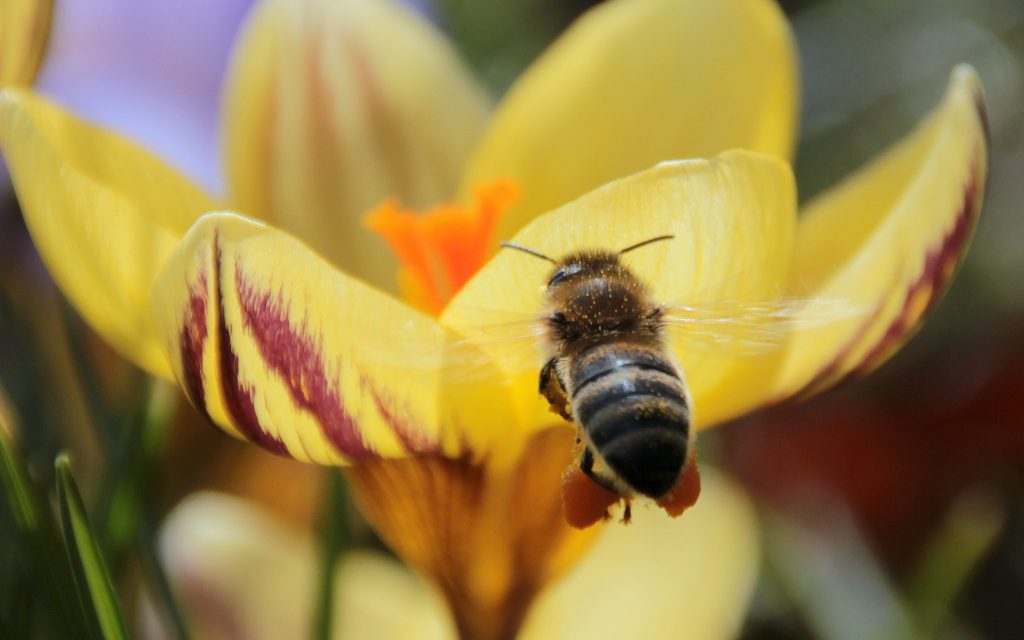
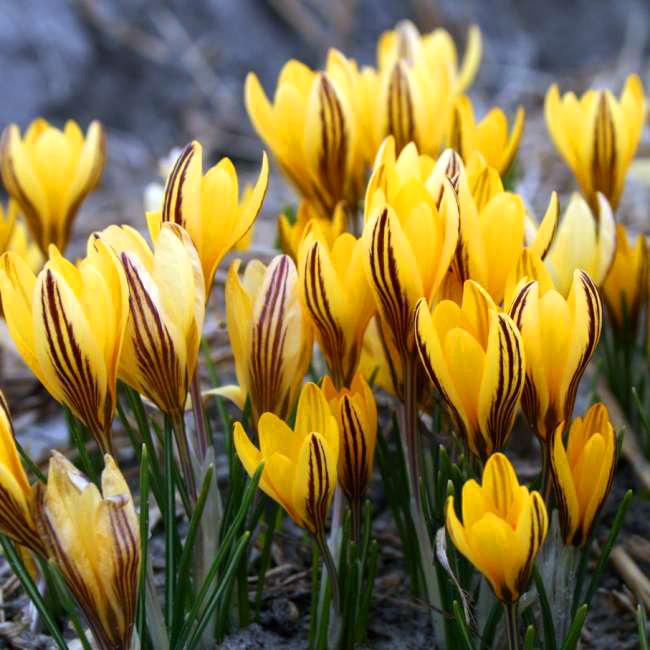
Plant crocus bulbs in the fall, typically between September and November, before the ground freezes. This allows the bulbs to establish roots before winter sets in, ensuring they are ready to bloom as soon as the weather starts to warm in late winter. Aim to plant them about 6-8 weeks before the first hard frost in your area for the best results.
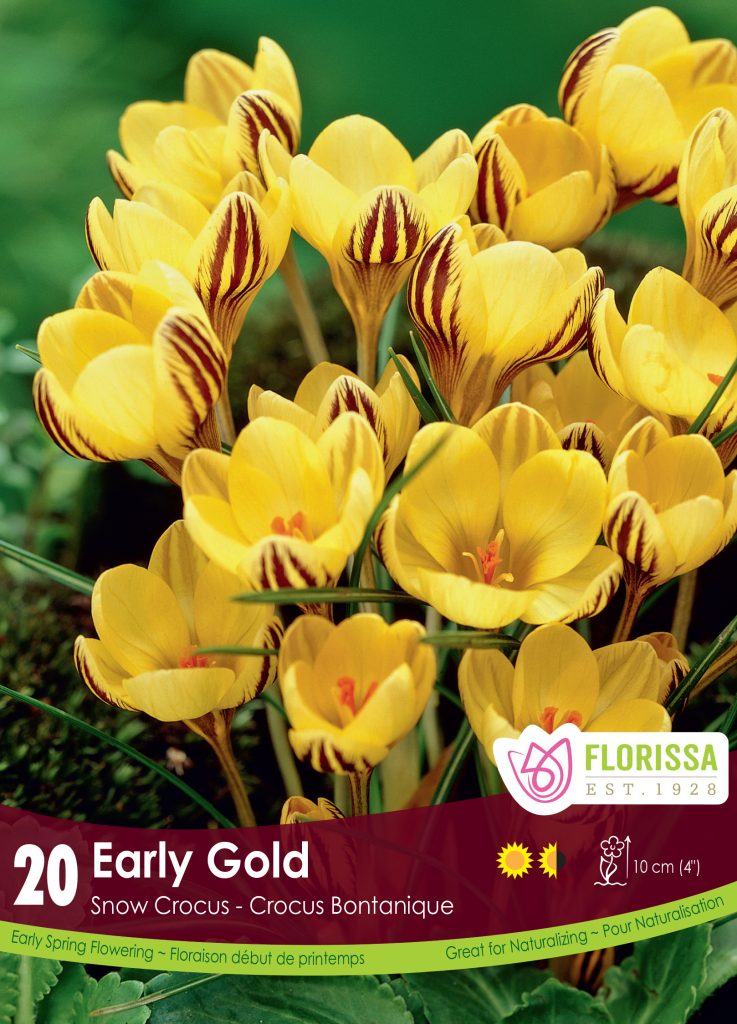
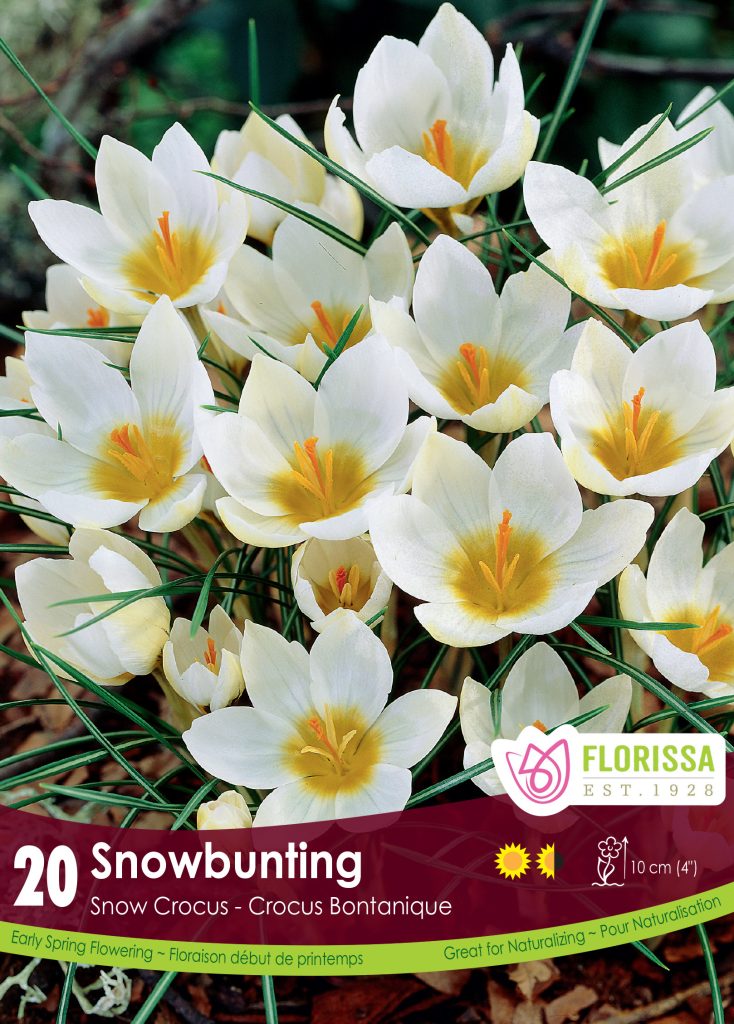

Large Flowering Crocus
Large flowering crocuses are among the most popular and visually striking of the crocus family. Known for their robust size and vibrant colours, these crocuses are typically the feature of the late winter to early spring gardens. Their flowers, which can be up to 4 inches in diameter, come in a stunning array of colours, including deep purples, bright yellows, pure whites, and even striped varieties.
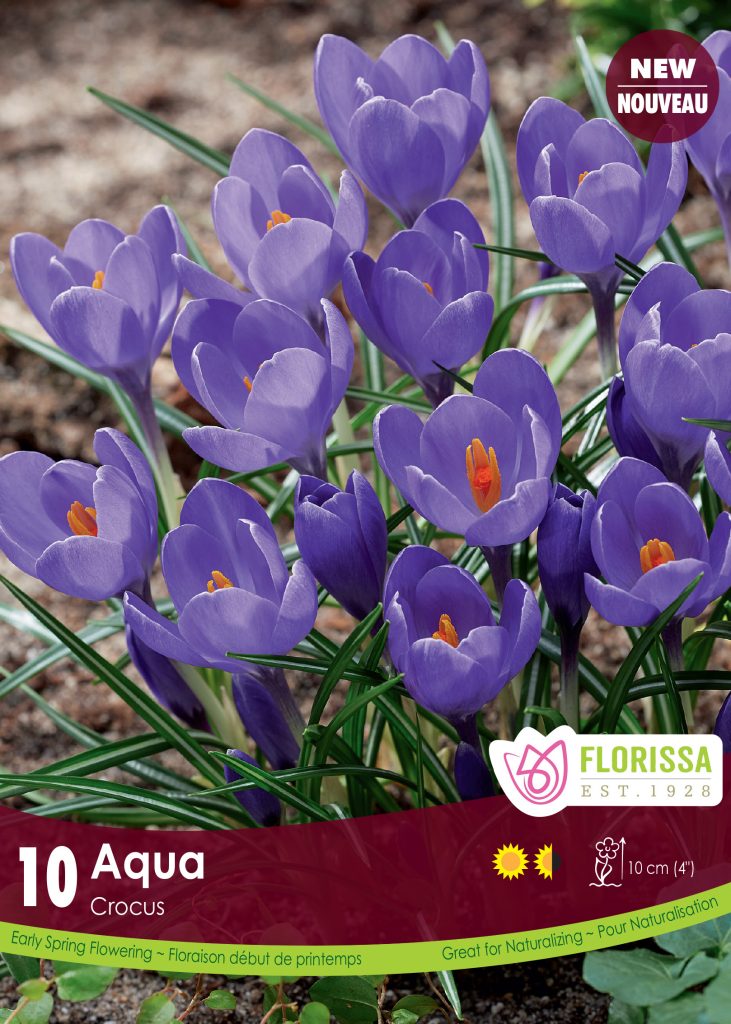
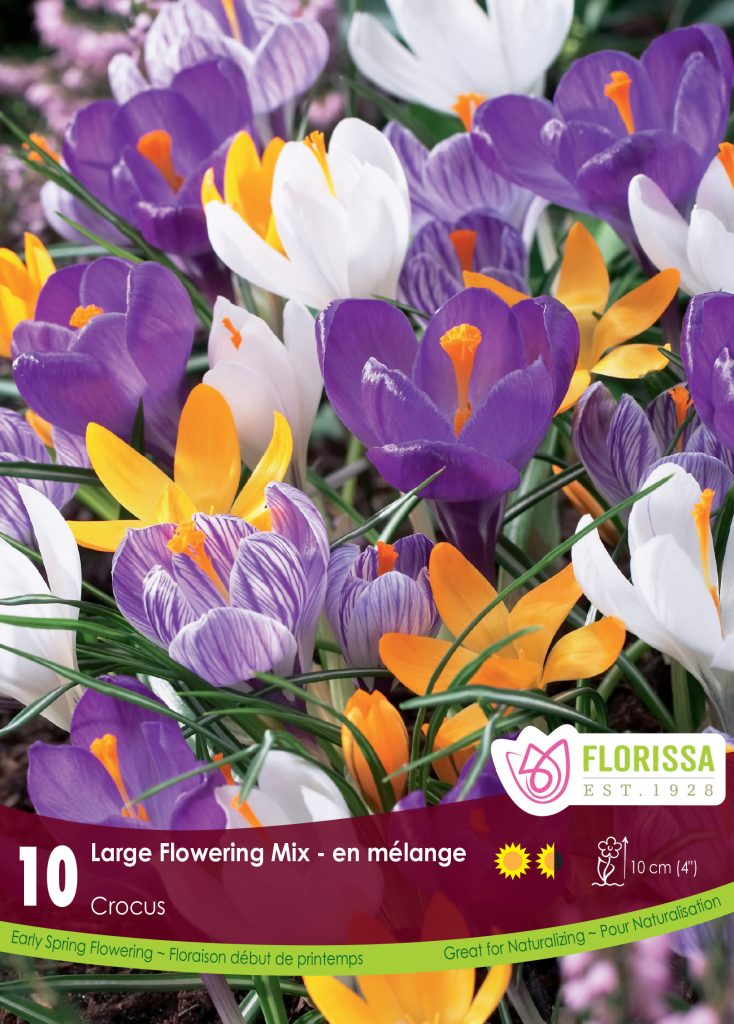
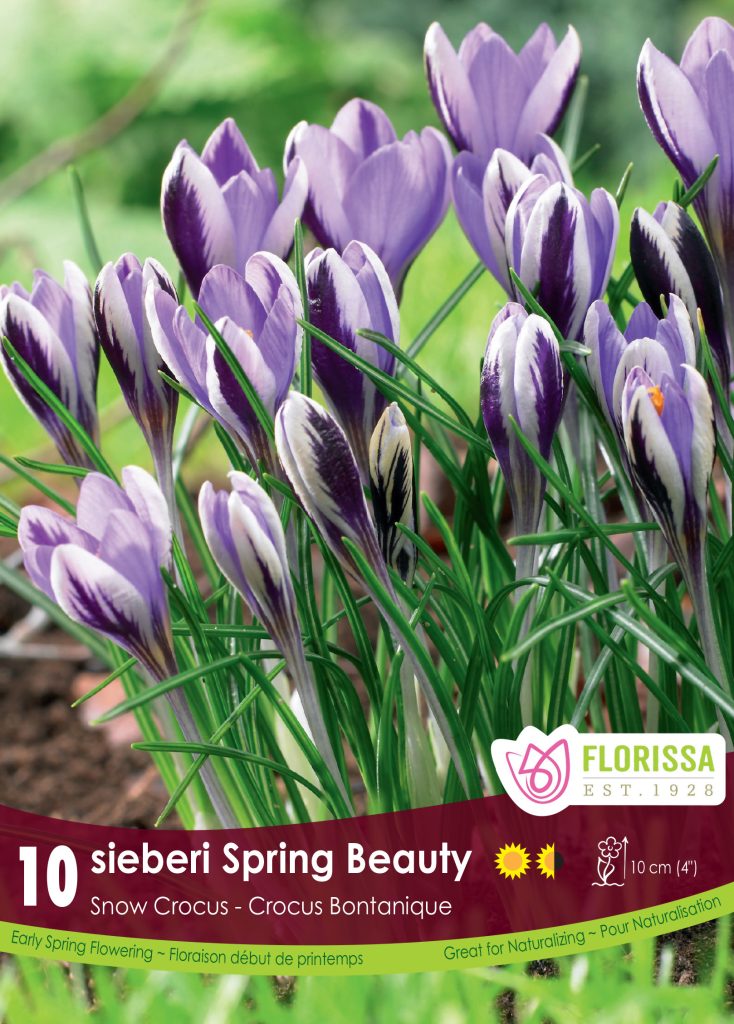
These hardy to zone 4 bulbs are planted in the fall and are among the first to bloom in very early spring. The large, cup-shaped flowers open wide on sunny days, creating a brilliant display that can cover entire garden beds or lawns. Ideal for edging, containers and naturalizing in lawns, large flowering crocus bulbs bring bold and cheerful colour to the early spring landscape, making them a favourite for gardeners looking to make a big impact with minimal effort.
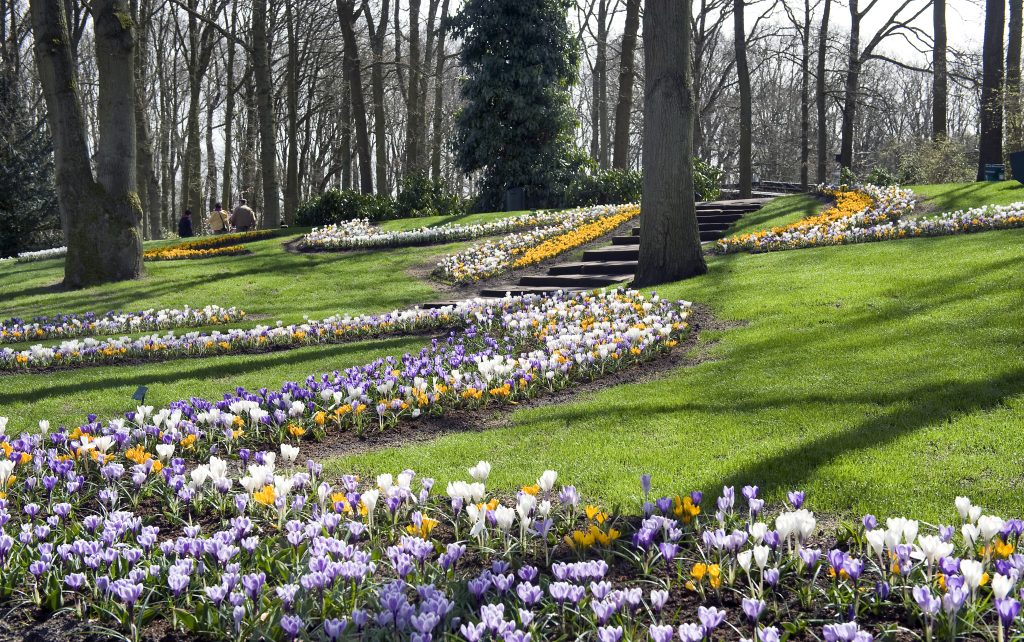
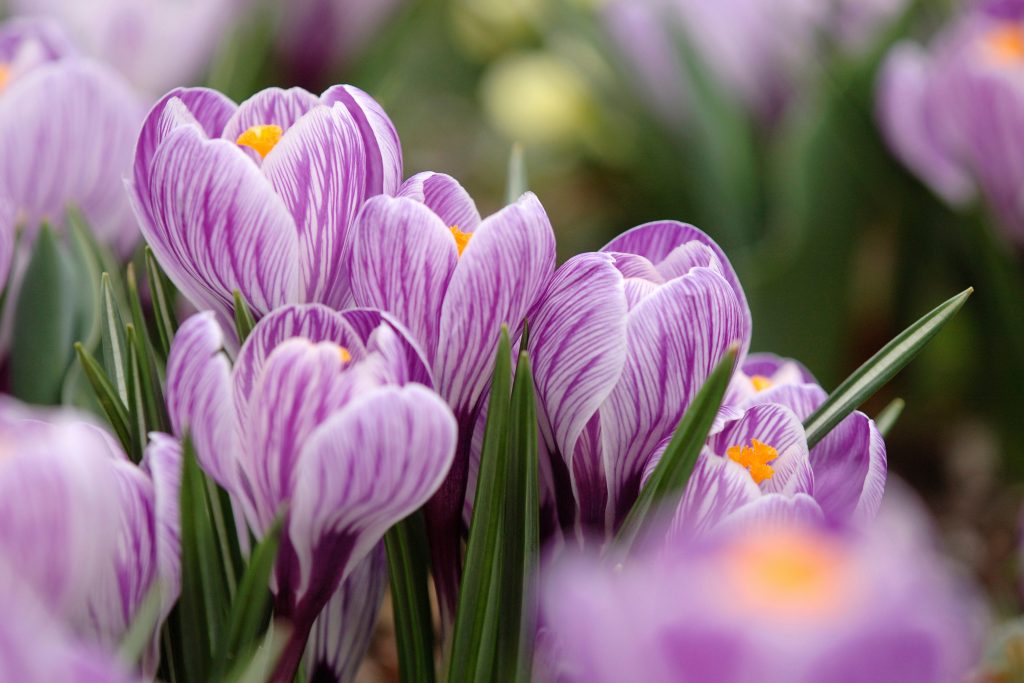
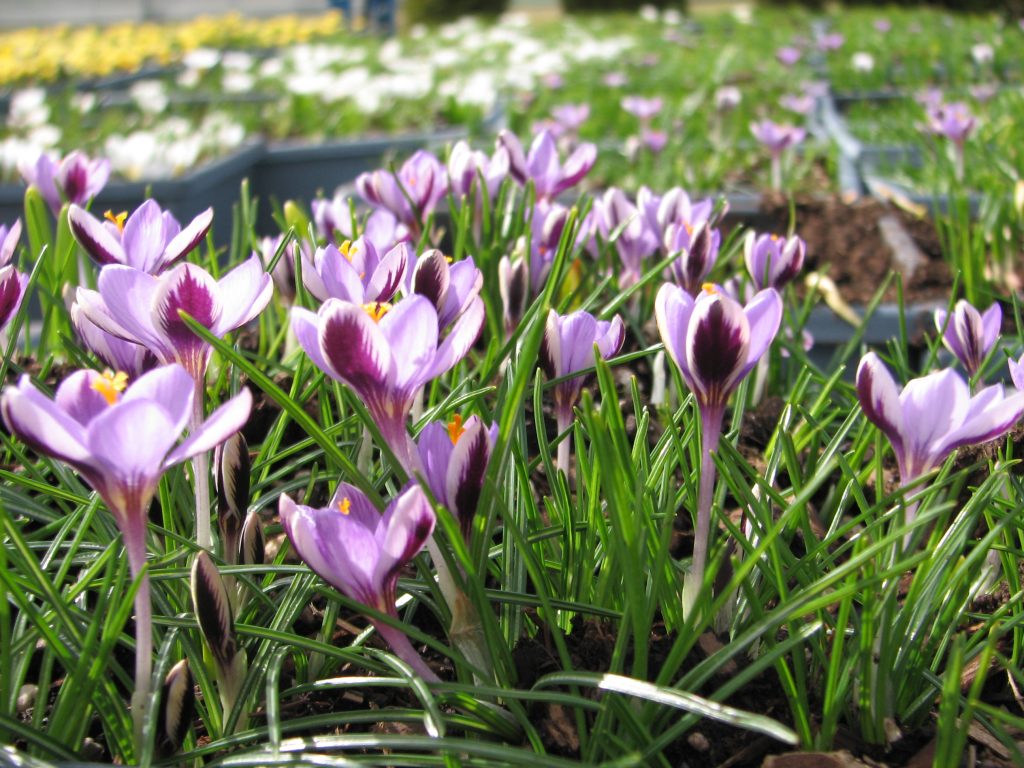
Caring for Crocuses
Caring for crocuses is easy, making them a popular choice for both novice and experienced gardeners. Once planted in the fall, these hardy bulbs require minimal attention. They thrive in well-drained soil and prefer sunny or partially shaded locations. Plant crocus bulbs in the fall between September and November. After planting, water them well to help establish roots, but after that, they need only occasional watering, particularly in dry conditions. Crocuses are not heavy feeders, but a light application of balanced fertilizer or bone meal in early spring can support healthy growth and vibrant blooms.
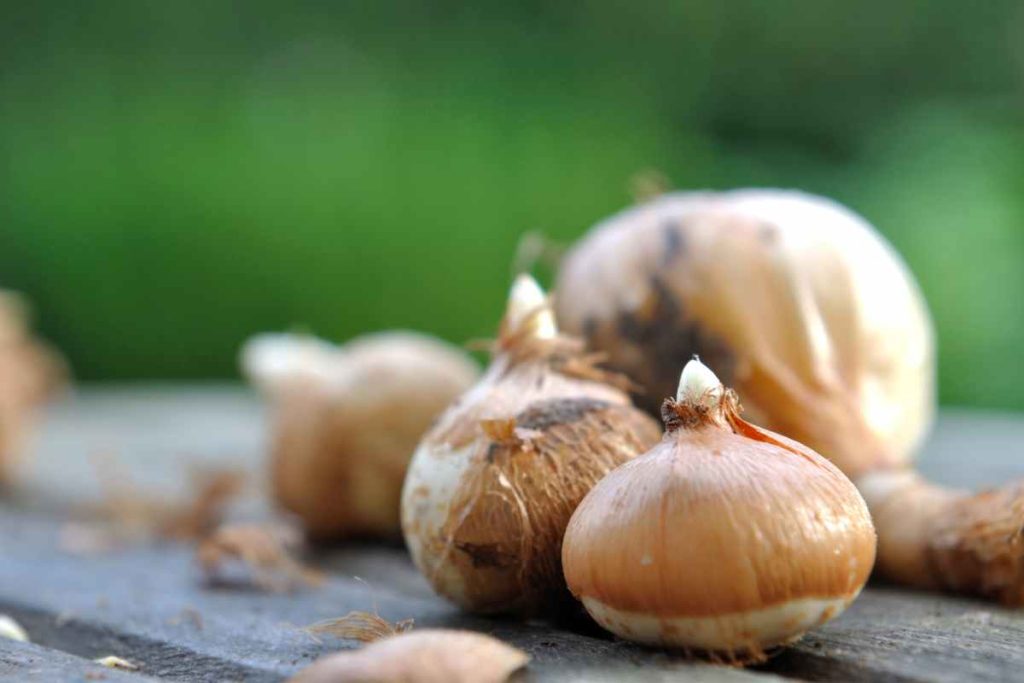
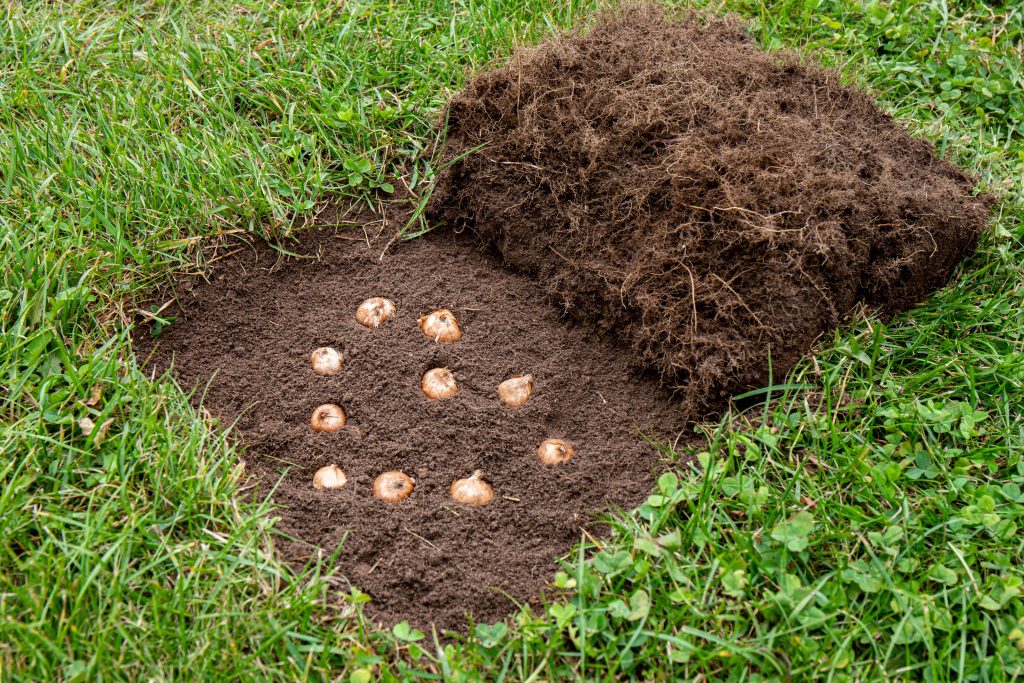
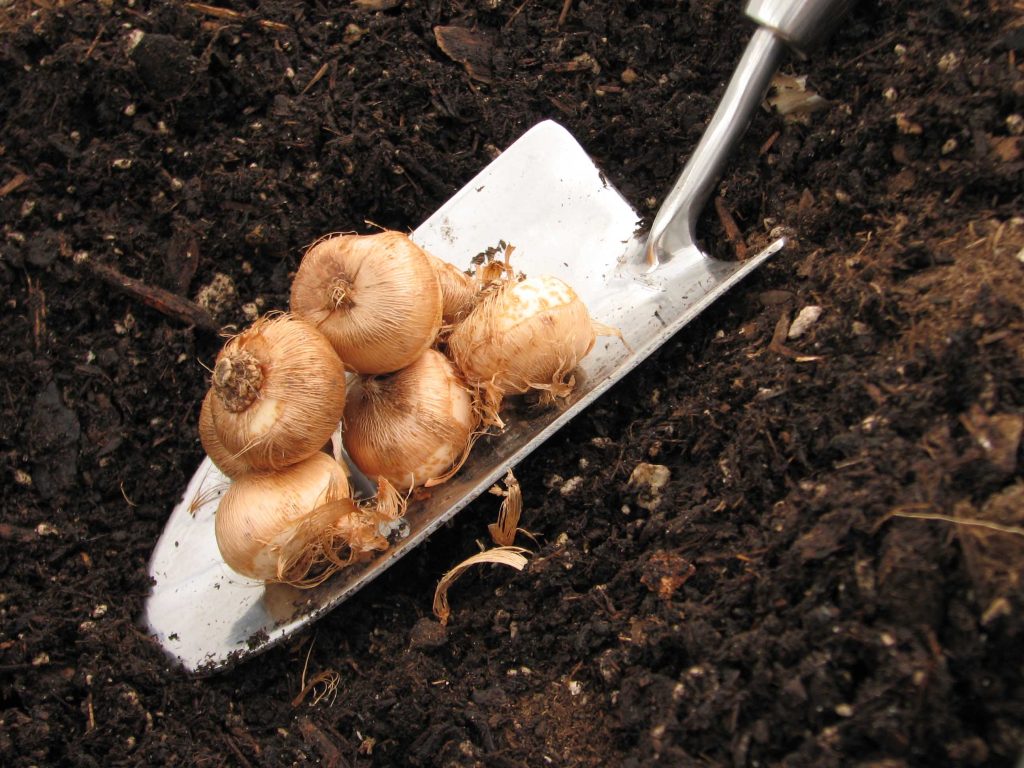
Allow the foliage to die back naturally after blooming, as this helps the bulbs store energy for the next year’s flowers.
Crocus bulbs are beloved for their ability to come back year after year, making them a reliable and enduring addition to any garden. These hardy bulbs are naturalizing or perennializing, meaning once they are planted, they will reappear each spring or fall. As they naturalize, crocuses gradually spread, creating larger and more vibrant displays with each passing year. Their resilience is especially evident in their ability to withstand cold winters, even blooming through late snowfalls. With minimal care, crocuses will continue to brighten gardens for years, offering a burst of colour that signals the changing seasons. Their perennial nature makes them a favourite for gardeners who appreciate low-maintenance beauty and the joy of watching their gardens evolve naturally over time.
Still have questions about crocuses? Feel free to reach out to our team at Florissa by emailing support@florissa.com.


